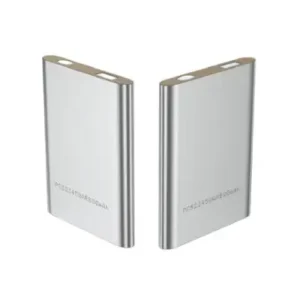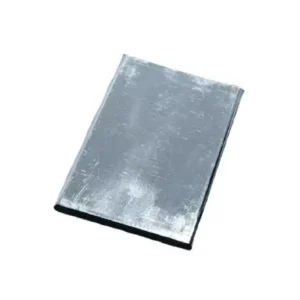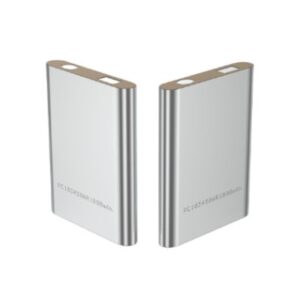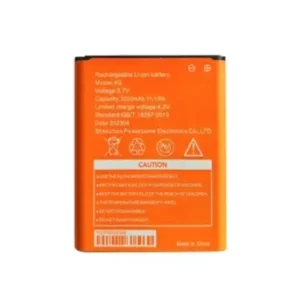Prismatic aluminum-case battery
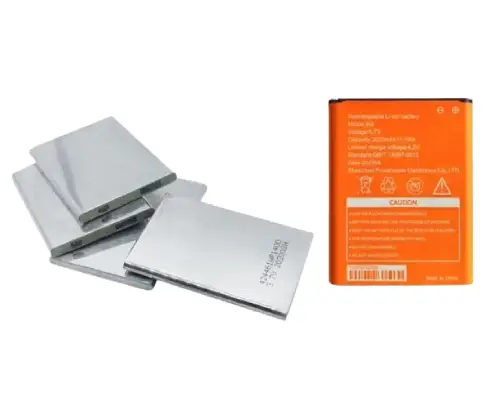
Prismatic aluminum-case lithium-ion batteries are designed with a focus on lightweight construction and dimensional consistency, offering excellent safety, heat dissipation, and uniformity. Compared with traditional steel-case and pouch batteries, they enable more flexible battery module designs and are widely used in swappable consumer electronics, energy storage, and other applications.
FAQs
What is a prismatic aluminum-case lithium-ion battery?
A prismatic aluminum-case lithium-ion battery is a type of battery encased in an aluminum alloy shell. Compared with pouch cells, it offers higher mechanical strength and better resistance to pressure. It is commonly used in replaceable-battery mobile phones, with capacities typically ranging from 2000–3000mAh.
What are the main advantages of aluminum-case batteries in mobile phone applications?
Aluminum-case batteries are durable, resistant to puncture and drop damage, and less prone to swelling or deformation. They also have excellent dimensional consistency and adaptability, making them highly suitable as power sources for replaceable-battery mobile phones.
Are aluminum-case batteries safer than pouch batteries?
Generally, pouch lithium-ion batteries are considered to have slightly better safety performance compared with aluminum-case batteries.
Can the size of aluminum-case batteries be customized?
Yes. Irayenergy can provide various length, width, and thickness customization options based on the battery compartment space of different mobile phone models.
Are aluminum-case batteries heavier than pouch batteries?
Aluminum-case batteries are slightly heavier than pouch batteries due to the aluminum casing material, but the overall weight difference is relatively small.
How do aluminum-case mobile phone batteries perform in low-temperature environments?
The electrical performance of batteries under high and low temperatures mainly depends on the materials and design, rather than the casing type. Aluminum-case batteries can also be engineered to achieve high performance in high-temperature, low-temperature, or wide-temperature range conditions.

